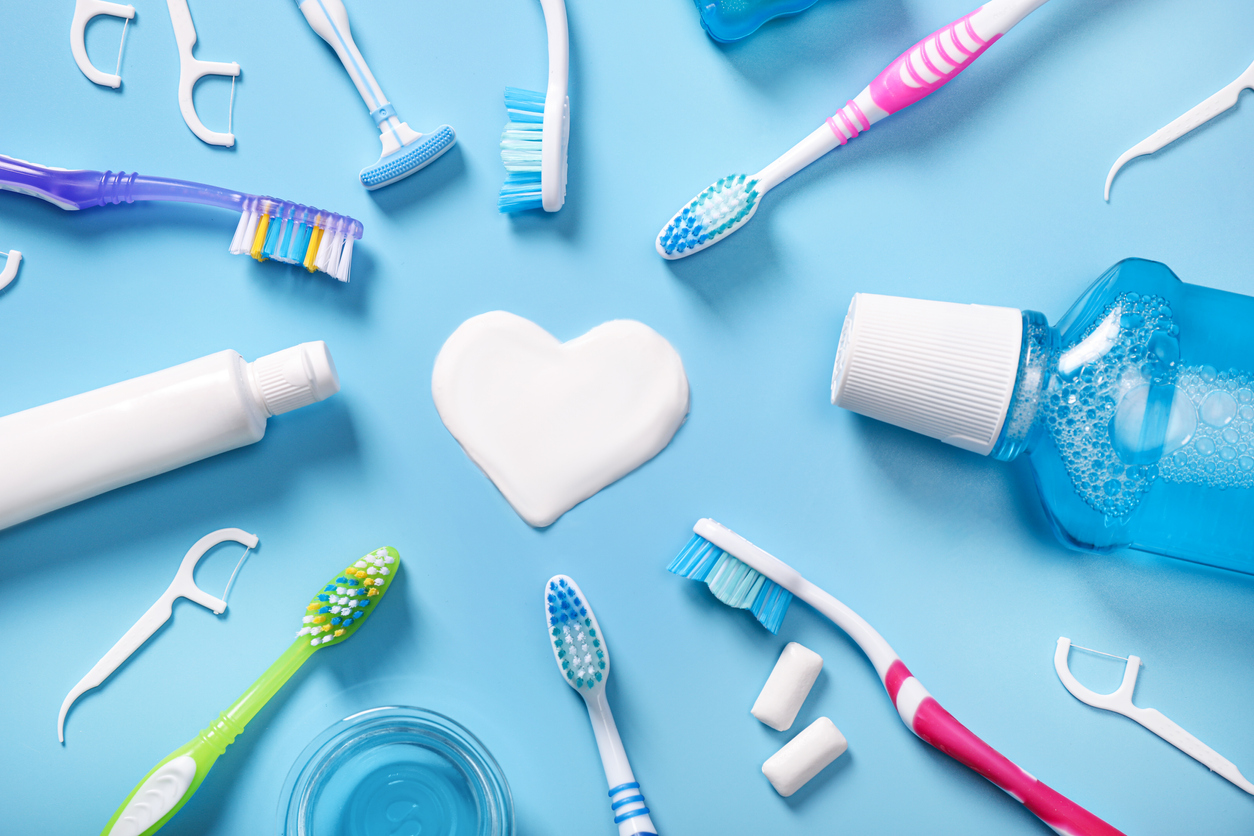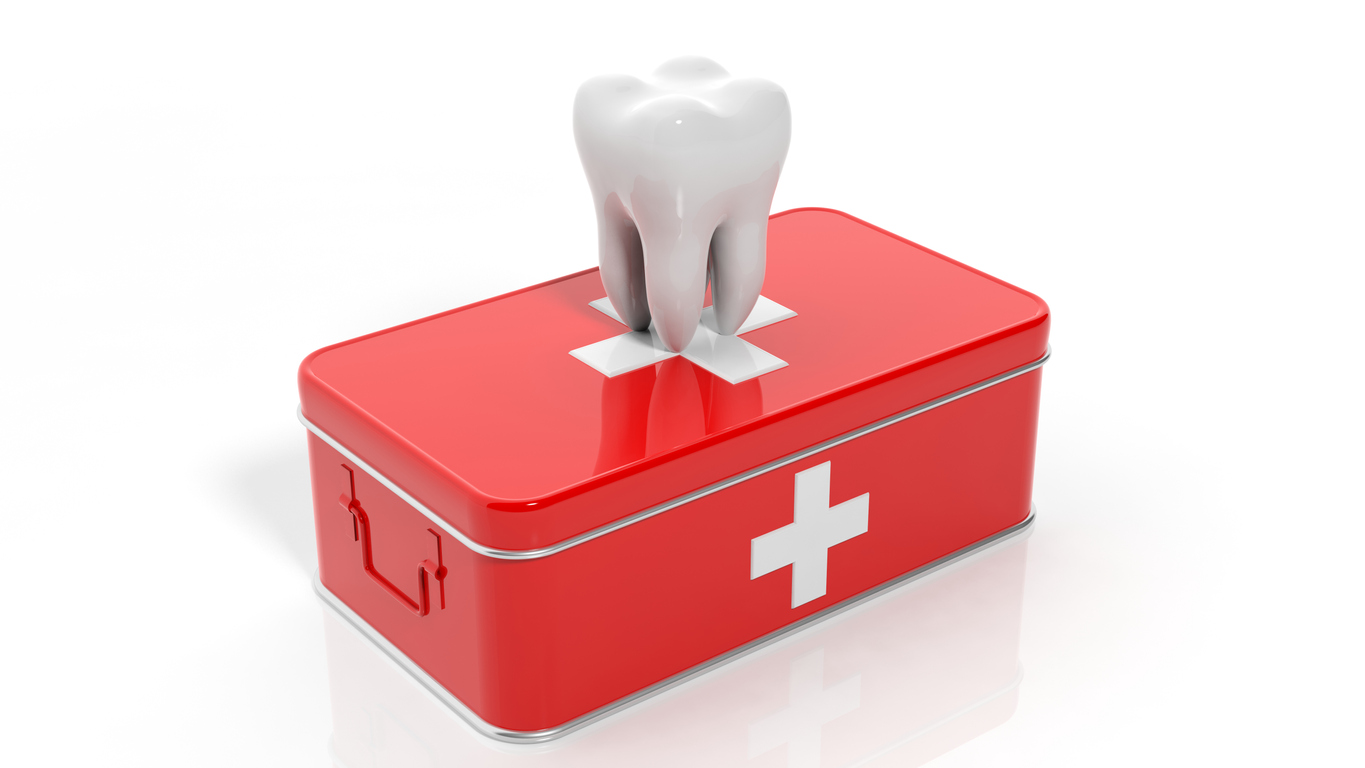Living with Chronic Pain
Adaptive Items for Proper Dental Hygiene

Regularly brushing and flossing the teeth are essential for proper oral health; however, this may be difficult for individuals with chronic pain. This is especially true for those with arthritis or other conditions that result in hand, wrist or arm pain. Adaptive items are available to help reduce pain while practicing good dental hygiene.
Below are several adaptive items to help with brushing and flossing.
- Toothbrush grips — If holding a toothbrush is difficult, a toothbrush grip may be beneficial. Lightweight grips are designed to make holding a toothbrush easier for individuals with limited hand strength or dexterity. Additionally, wrapping a toothbrush handle with grip tape used on tennis rackets or other non-slip tape is helpful.
- Specialty manual toothbrushes — These toothbrushes differ from the typical drug store brushes. They include a three sided brush which allows teeth to be cleaned with less effort, a brush with built-in suction, or a toothbrush with bristles that reach the inside, outside, and biting surface simultaneously.
- Electric toothbrush — An electric toothbrush removes part of the manual work of brushing the teeth. The movement of the bristles reduces the movement that needs to be done with a manual toothbrush. Many brands also have larger handles that are easier to grip than a manual toothbrush.
- End tufted toothbrush — This toothbrush has a small group of round-ended, plastic bristles in a closely, knitted bundle either on one end or both ends. They clean around the teeth, hard to reach areas, orthodontic devices, crowns, bridges, and implants. Toothpaste is not required with this type of brush. To use, gently press it against the teeth so that the bristles lean apart, guide the brush to where the tooth and gum meet. Clean around the tooth from one side, up the gum, and along the gum line, and down again, while using a circular motion.
- Interdental brushes — These brushes are designed to clean between the teeth and may be easier to use than floss. They have a pick-like brush head and are available in a variety of handle styles, including angled and extended handles.
- Floss holders, threaders, or picks — If flossing between the teeth is difficult, floss holders or threaders are beneficial. These tools make it easier to grip and maneuver the dental floss. Adding floss to a holder or threader can also be challenging; however, disposable floss picks are a good option.
- Oral irrigator — Often known as a water flosser, an oral irrigator is an alternative to traditional floss. It uses a steady stream of water to clean between and around the teeth. It is typically used to remove food items remaining after brushing and to clean around orthodontic devices, crowns, and bridges. Furthermore, it also irrigates periodontal pockets.
- Interdental stimulator — This cone-shaped stimulator is made from flexible rubber and may be located on the end of a toothbrush. It can also be purchased as a separate tool. It removes bits of food and plaque that were missed while brushing, stimulates or exercises the gums, and helps reshape gums following periodontal disease.
- Toothpaste — Not only is the correct type of toothpaste essential in proper dental hygiene, but the container is also important. A container with a pump or flip-top can be very helpful for dexterity issues. Using a non-foaming or SLS (sodium lauryl sulfate)-free toothpaste is beneficial for individuals with dry mouths. Unflavored toothpaste is available for those with taste sensitivities.
- Adaptive devices for toothpaste — Hand or wrist pain can make squeezing a tube of toothpaste difficult. A toothpaste tube squeezer fits on the tube to apply level pressure. It pushes the toothpaste out via a key method or pressure from the palm. A bonus is less wasted toothpaste. Automatic toothpaste dispensers are also available, which make this task hands free.
These tools can help individuals with chronic pain brush and floss their teeth, contributing to improved oral and overall health. Toothbrushes should be changed every three months or when it is showing signs of wear, whichever comes first.
Additional sources: Ontario Dental Hygienists’ Association (ODHA), National Rheumatoid Arthritis Society UK, University of Kansas: Institute for Health and Disability Policy Studies, and Suba Dental


















